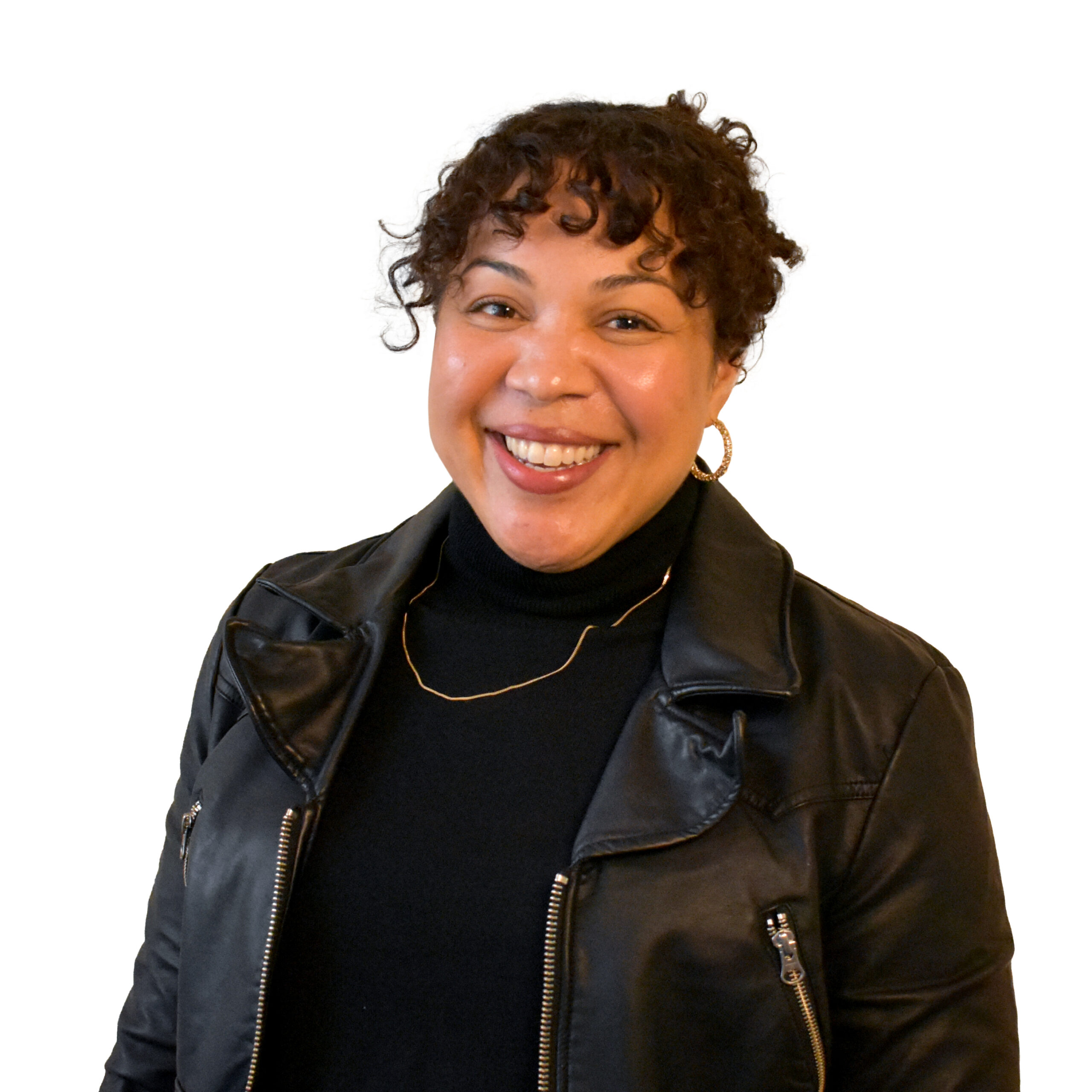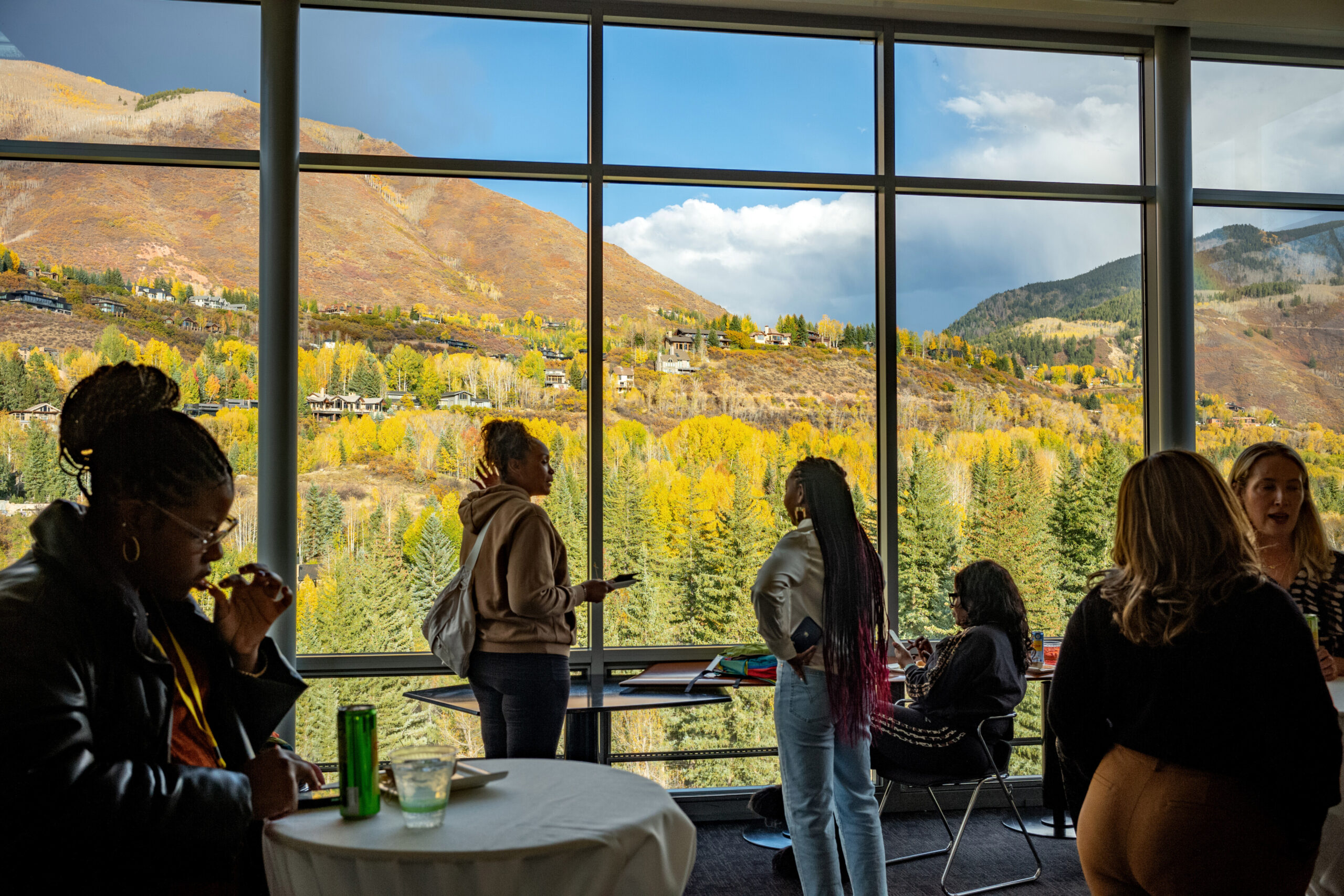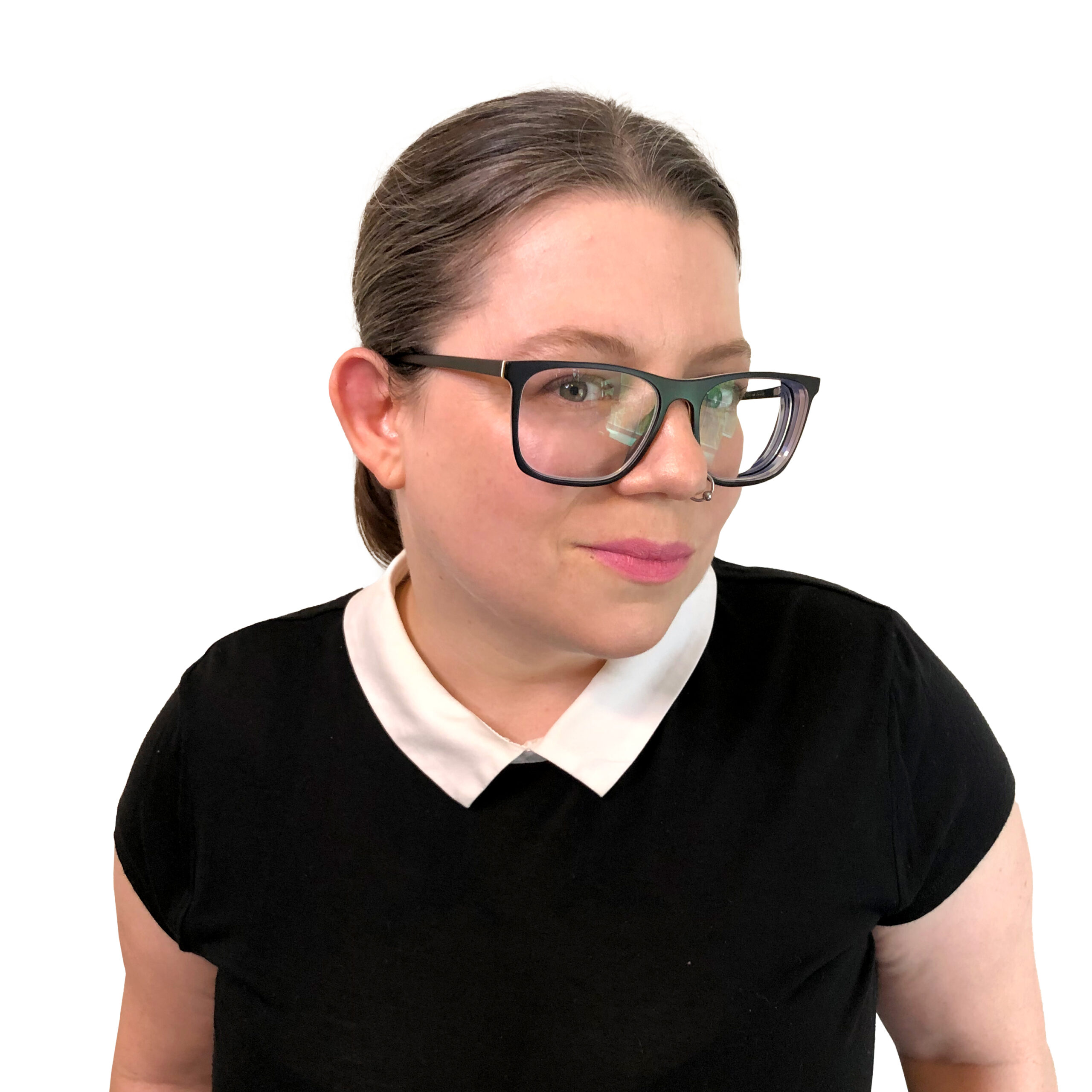
How I Learned to Love Stakeholder and Audience Interviews
Interviews, both with audience members and stakeholders, are vital parts of our work as consultants.
Interviews, both with audience members and stakeholders, are vital parts of our work as consultants. In order for our designers to design, our developers to develop, and me to do whatever the verb form of “User Experience Strategist” is (strategize?) as effectively as possible, we need to have insights into the idiosyncrasies that make each project, and client, wholly unique.
Interviews are our chance to fill in the blanks we may have about a particular project. Whether it’s talking to stakeholders about goals and limitations or chopping it up with audience members about their likes and dislikes, this qualitative research method is immensely helpful in ensuring we have all of the info we need to find the best path forward.
However, unlike quantitative research, interviews rely heavily on personal judgment. Deciding who to interview and which questions to ask can open the door for personal bias to creep in and distort or warp your findings. While it’s not an exact science, these tips can help you get the most out of your interviewing process.
Deciding Who to Talk To
The interviewing process starts with deciding who to interview. In general, we tend to defer to our clients to select interviewees. This process generally helps keep a cap on timeline implications, but it can also lead to biased or inaccurate findings, as clients often select those with whom they have an established relationship and can easily recruit. This isn’t a perfect science, but I’ve found the following guidelines to be helpful in planning for, and interpreting the results of, interviews:
For Stakeholder Interviews
- Ensure all functional areas are represented. If possible, try to encourage your clients to include representatives from their comms, program delivery, design, and technology teams in the interview process. Each of these stakeholder groups will have unique concerns. It’s important to understand their perspectives and bring them into the conversation early in the project.
- Draw beyond the core stakeholder team. Throughout the project, the client’s core stakeholder team will be able to give input during kickoffs, check-ins, and reviews. Try to pull in members of the organization that may not be as invested in the day-to-day of the project, but . . .
- …balance the “old guard” and fresh faces. Somewhat related to the above two points, but try to create opportunities to introduce alternative perspectives. Review your list of interviewees in advance and try to balance hearing from more tenured employees and those who recently joined.
For Audience Interviews
- Brief the client on audience definitions. The most helpful thing you can do is empower the client to understand audience definitions. It might surprise you how transformative writing a quick brief can be. The brief should define target audiences, the ideal mix of interview participants by audience group, and ideas for recruiting audience members. Share it with the client in advance of the recruitment process. This can help guide their efforts and avoid misalignment before the interviews even begin.
- Understand selection bias. This sits somewhere between recruiting and drafting questions. Either way, we recommend designing an audience interview process that accounts for selection bias, because it’s always going to be present. In this context, selection bias refers to bias introduced due to participants being selected for an interview by non-random methods. For instance, clients pick audience members they may have a personal connection to or those their organization is familiar with. In both of these cases, these participants may be likely to respond more favorably than the average audience member. Sometimes, that’s okay, and you can even use that relationship to your advantage. Consider how you can write questions that leverage that established relationship or how they can speak as an ambassador of a broader audience group.
- Explore alternate research methods. It’s important to understand that sometimes interviews aren’t the most appropriate method to generate audience input. In certain situations where audiences may have niche needs or may be hard to find, it’s okay to recognize that you may be better served by pivoting to a survey or even a user test further along in the process.
Deciding What To Ask
I gotta rip the band-aid off and just say it: there is no standardized list of interview questions that are 100% guaranteed to return a comprehensive and unbiased set of answers. Every interview is unique. Outside of just whether you’re talking to stakeholders or audience members, the type of project you’re working on, the length of the interview, the number of participants, or even the time of day can all impact the answers you receive. All of this is to say that you should adapt your approach to match the situation. As a starting point, though, we recommend the following:
- Decide on your goals for the interview before you start writing questions. Define a list of goals before the interview process starts and draft questions that help you reach those goals. If an interview ends and you feel you have accomplished one of those goals, re-adjust your questions for your next interview to focus on one of the remaining goals.
- Write more questions than you’ll need. Beyond just being prepared, arming yourself with extra questions allows you to be more flexible and adaptable in the interview. If you ever hit a wall on a certain topic, you can pivot to a different line of questioning knowing that it will still be a productive discussion aligned with your research goals.
- Start with open-ended questions then move into specifics. Most of the time, interviewees aren’t necessarily sure what to expect from the interview process. By opening the interview with broader, higher-level questions, you can help them become more comfortable and get them thinking about the topic at hand, which tees them up to answer more specific questions later in the interview.
- Write questions that have clear answers. This may seem obvious, but it’s easy to draft grand questions meant to gauge interviewee reaction or interpretation, but for the most part, it just leads to vague and unclear answers. Try to avoid overly broad, squishy questions that may be too ambitious to cover in a limited amount of time. Similarly, avoid compound or “double-barreled” questions that force the users to sequence answers to a multi-part question.
- Avoid leading, probing, or over-clarifying. Leading questions are questions that prime users to respond a certain way. Whether it’s including words or value judgments in the question prompt (i.e. “Did you read that article because it was at the top of the page?”) or the way we respond to an interviewee’s answers, we can unintentionally influence the interview. It’s best to avoid asking any question that includes the word “because” to prevent yourself from leading the interviewee to a particular answer.
In Conclusion
Interviews may require a bit more planning and management than some other research activities, but it’s because they have the potential to provide the greatest amount of context. Any amount of information is helpful, but the more we have, the better we can design, develop, and strategize (locking this word in) our way through the project. We all know that every client is different, and every project is different, but if you don’t ask how or why you’ll never know.



